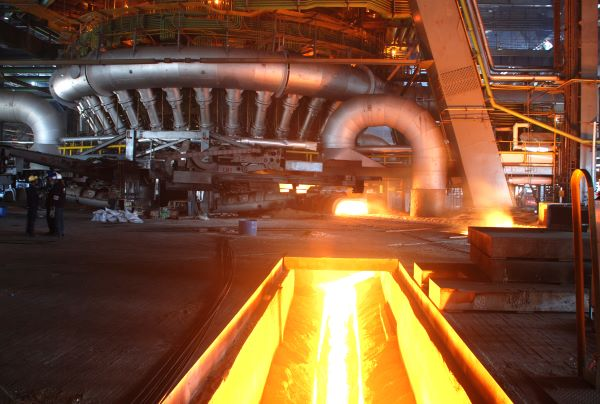India–US Trade Tensions Rise Over Steel and Auto Tariffs NMDC Limited reports a 38% drop in Q4 FY24 consolidated net profit RINL to Raise $23 Million Through Land Sales Amid Crisis

The second rake, which carried about 1000 tonnes of R350 heat-treated rails 260 metres long, was sent to Indian Railways from SAIL-Bhilai Steel Plant on April 20, 2024. Indian Railways has been seeking heat-treated and micro-alloyed rails from SAIL as it modernises and moves towards faster rail transportation with higher axle loads.
The Bhilai Steel Plant, which has been providing Indian Railways with rails in the appropriate grades for more than 60 years, rolls out the longest rails in the world, 130 meters in a single piece, from its advanced Universal Rail Mill (URM) and provides Indian Railways with 260-meter welded rail panels.
To fulfil the requirement of micro-alloyed rails, SAIL-Bhilai Steel Plant developed a new grade of rails named R260 with a new 60 E1 profile, which has been rolled out and supplied to Indian Railways since July 2022. This new grade of rails has norms and specifications more stringent than those of Grade-880 or UTS-90 rails that SAIL-Bhilai was producing earlier and even European standards.
Following successful trials, tests at SAIL’s research wing RDCIS and clearance from Indian Railway’s research wing RDSO, commercial production of R350 HT rails started at Universal Rail Mill in October 2023. The first lot of 1000 Tonnes of R350HT rails in 260-metre length was dispatched to Indian Railways by Bhilai Steel Plant on 31st October 2023.
These special-grade heat-treated rails, which are being field-tested in southern parts of India, are best suited for stretches of rail transportation where axle load is higher, and trains accelerate and decelerate faster, thereby resulting in more friction between the wheels and rails.
Also Read : India's MOIL Limited revises manganese ore prices for July deliveries India's KIOCL requires 200,000 MT of iron ore fines in lieu of equal volume of pellets to be exported